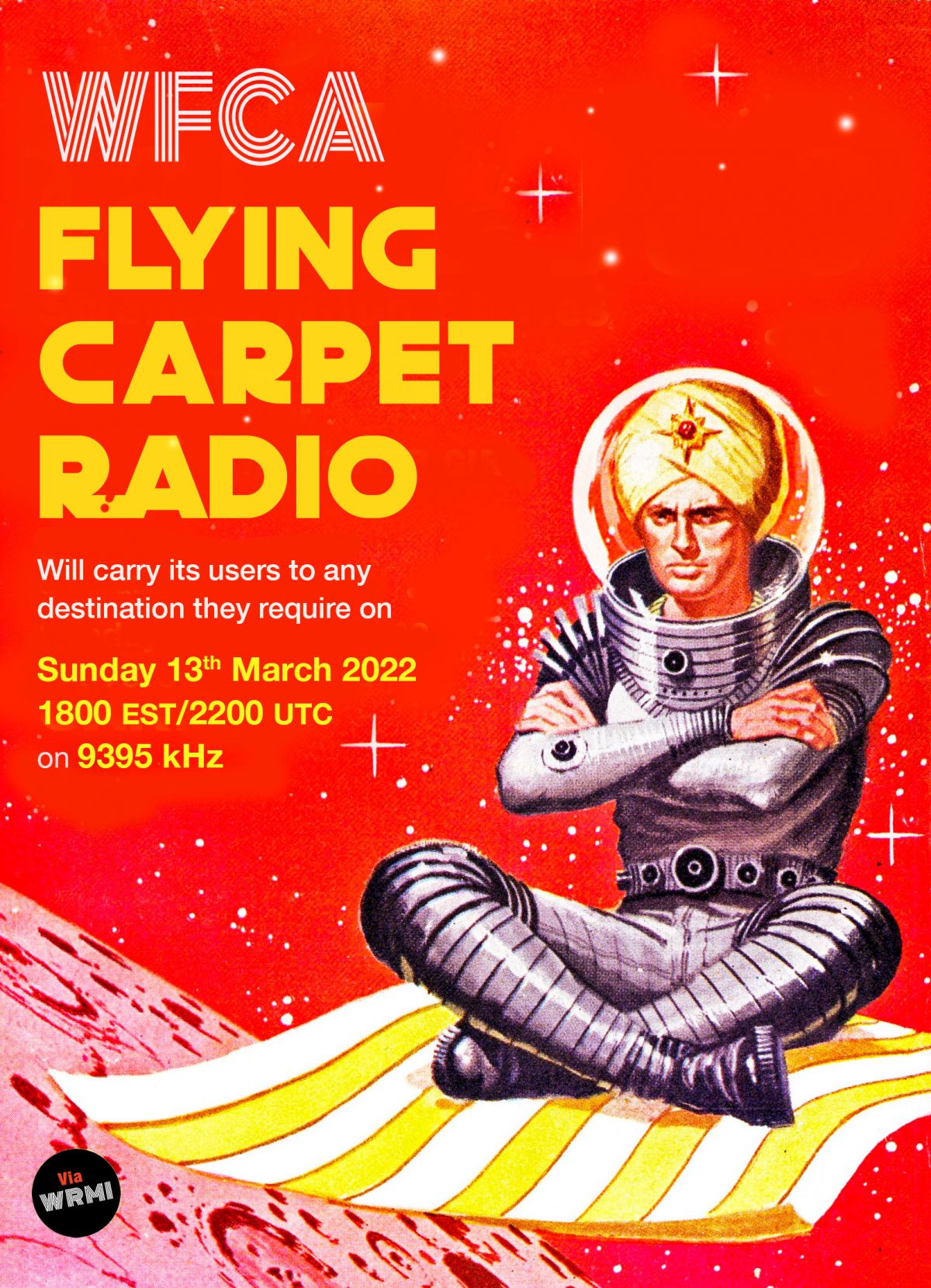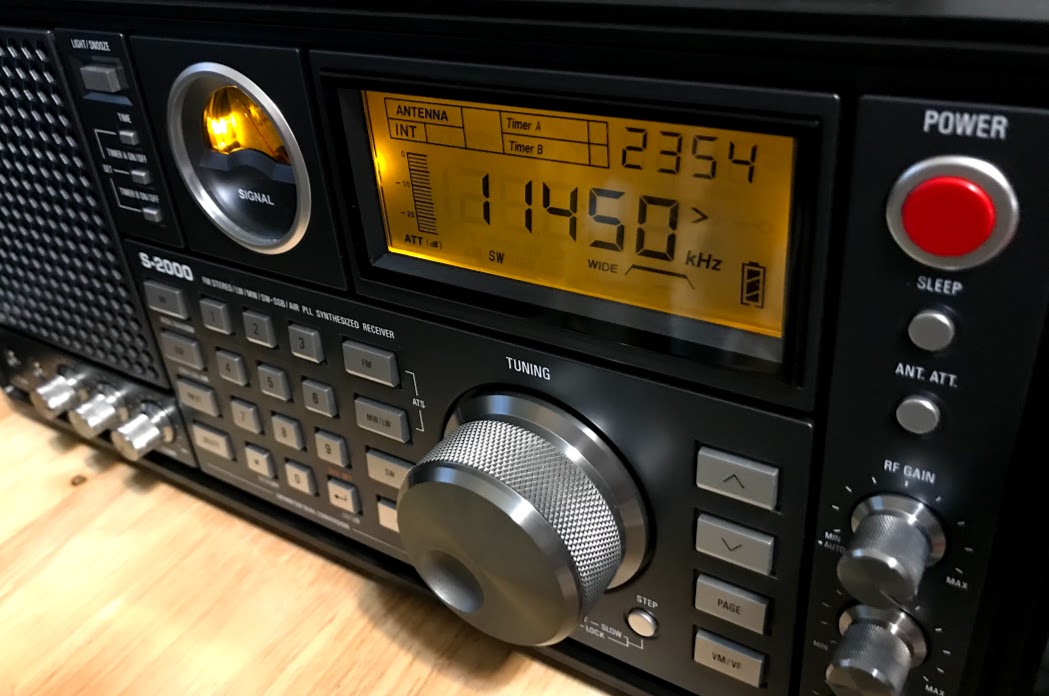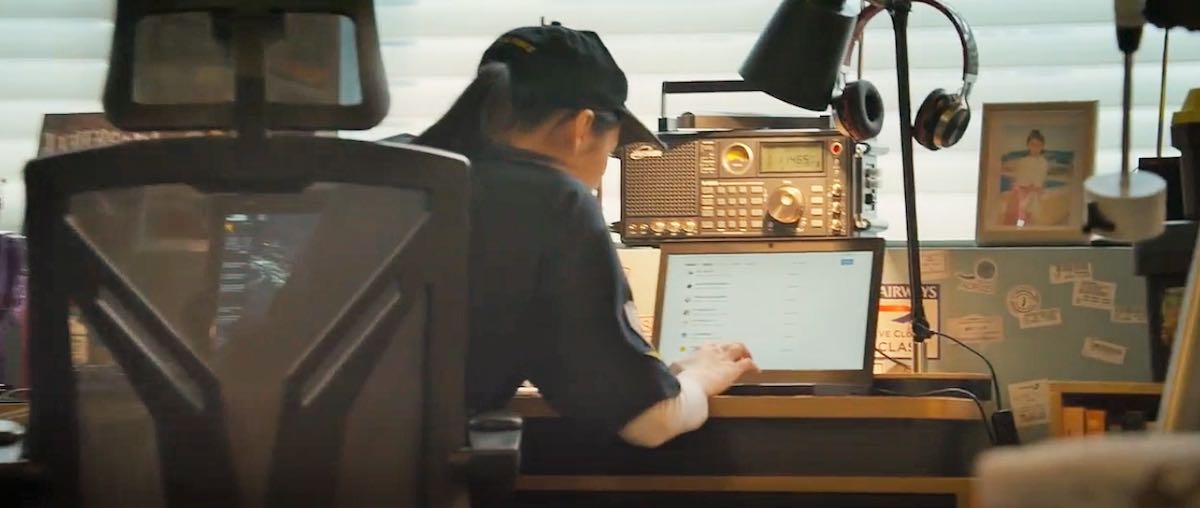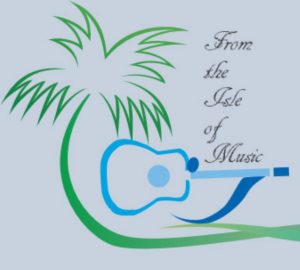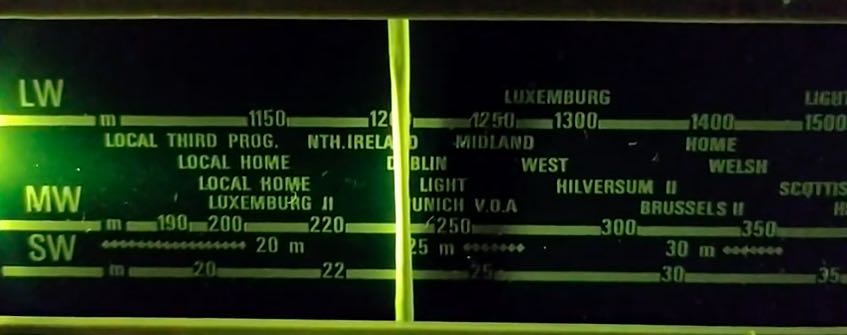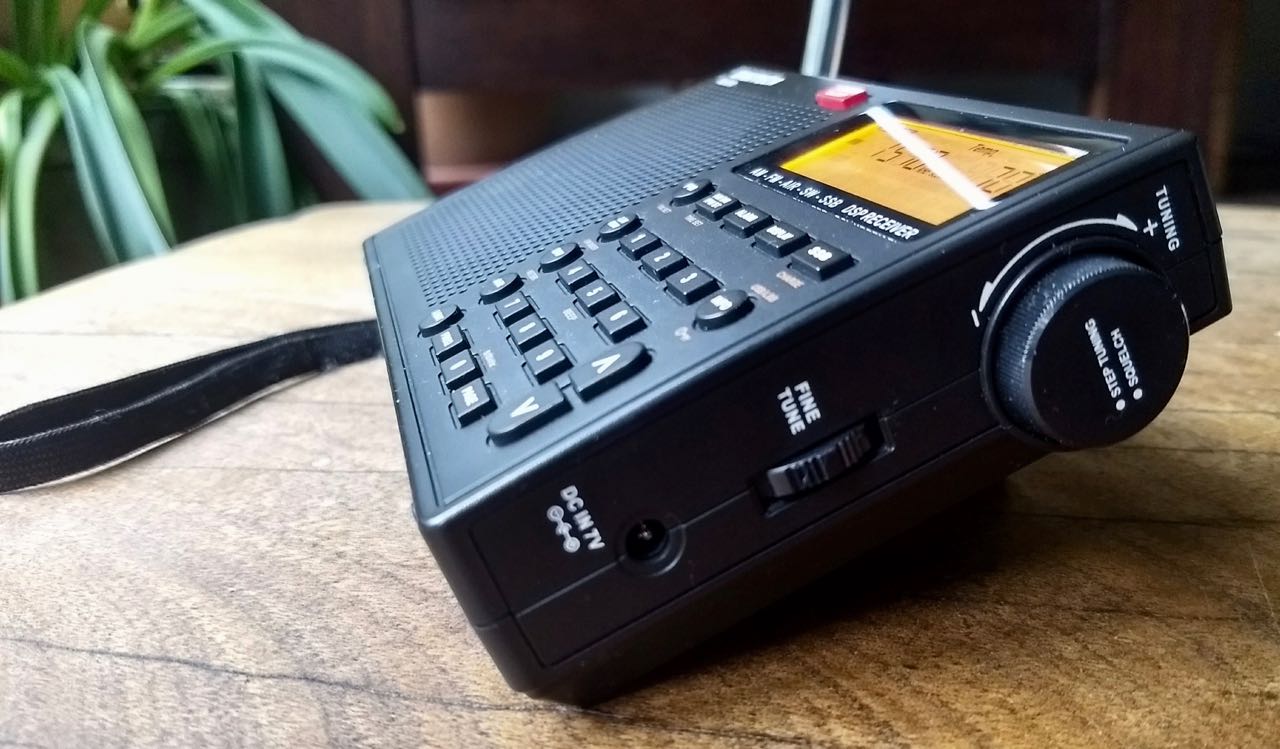 Many thanks to a number of SWLing Post contributors who’ve shared the following article from The Conversation:
Many thanks to a number of SWLing Post contributors who’ve shared the following article from The Conversation:
Shortly before access to the BBC News website was reportedly blocked in Russia a few days ago, the BBC announced that it was resuming the broadcasting of the BBC World Service via shortwave radio for four hours per day. It said that this was to ensure that people in parts of Russia and Ukraine can access its news service.
In a world with near-ubiquitous adoption of mobile phones, the use of early 20th century radio technology might seem unusual. But it makes sense for a number of practical reasons.
Shortwave radio is an old variant of what many people may remember as “AM” analogue radio, operating on low frequency radio waves to deliver audio services. Shortwave radio is far simpler than modern digital TV or telecommunications services: receivers are widely available (or can be built from spare electrical parts), and it works across long distances.
Traditional broadcast TV and radio fundamentally differ from modern internet-based services. Like Freeview TV received over an aerial, traditional broadcast radio services don’t require you to transmit anything to be able to receive a service. It’s transmitted once, and anyone with a receiver can listen or watch.
When someone uses a shortwave radio receiver, there’s no lasting trace of them using it. This makes it hard for an occupying force to find those listening to (perhaps banned) overseas media.
Conversely, when you browse the internet or use a mobile app, your device is requesting the content you wish to receive, and it’s being sent directly to your phone. This bi-directional communication means that when you browse the internet, various entities like your internet provider are able to see that you visited certain websites.
Internet-based services can also become overloaded, either as a result of high demand, or due to malicious attacks flooding a service with requests, aiming to make it unavailable.
There are a number of other technical reasons why shortwave radio can be very useful in crisis situations. Since it uses lower transmission frequencies, the signals can travel much further than TV or mobile phone signals – thousands of kilometres, rather than kilometres or tens of kilometres.
This means the BBC can broadcast from outside into a conflict zone without needing local physical infrastructure. And since low frequencies are used, the signals propagate better through buildings and the environment. If you’ve ever experienced poor mobile phone signal in the centre of an old building, you’ve experienced the challenges of radio propagation. Low frequency signals reach into buildings and basements better, even when transmitted from far away, which might be useful for people who are taking shelter.[…]
Click here to read the full article.
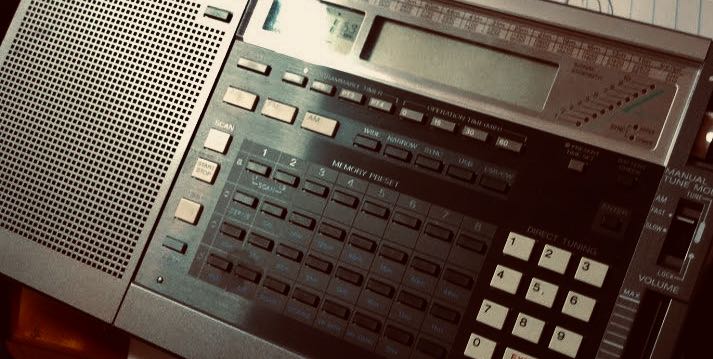 Many thanks to SWLing Post contributor, Zack Schindler, who writes:
Many thanks to SWLing Post contributor, Zack Schindler, who writes:

